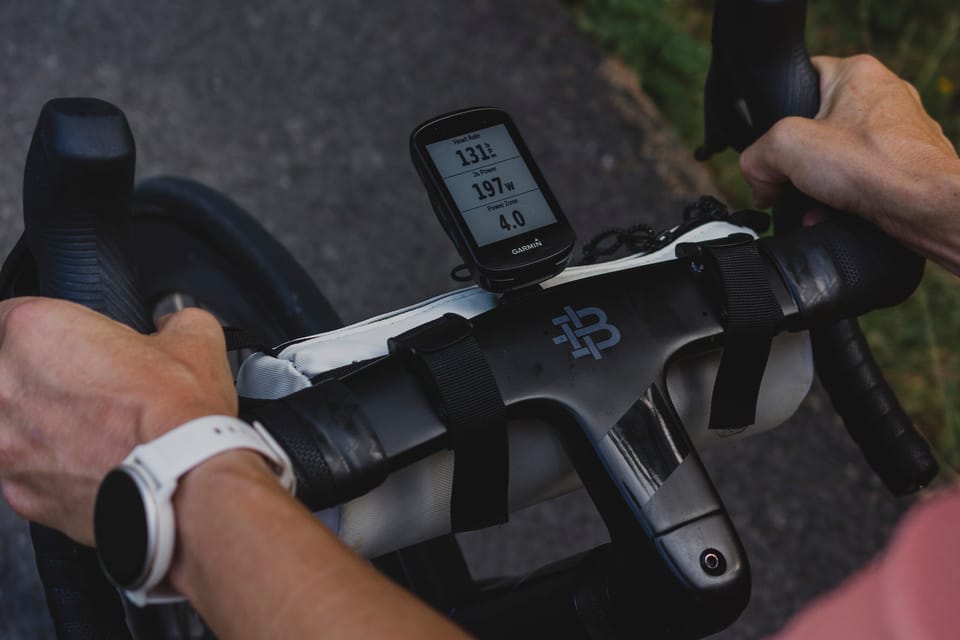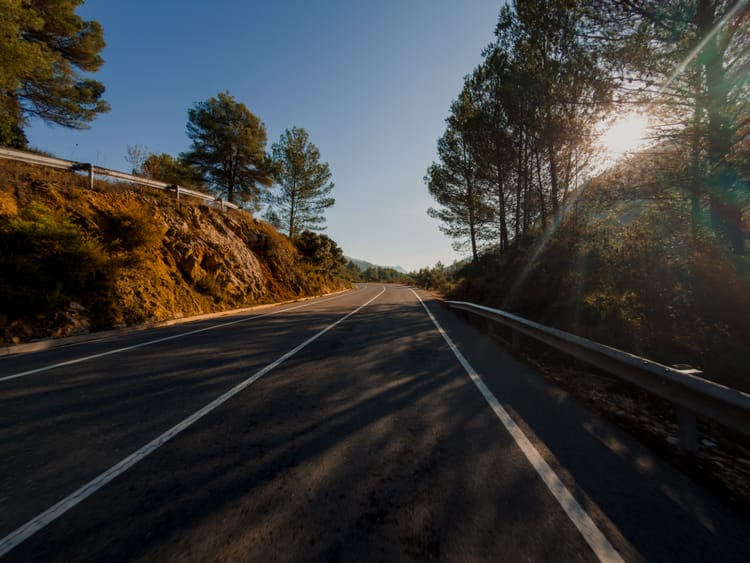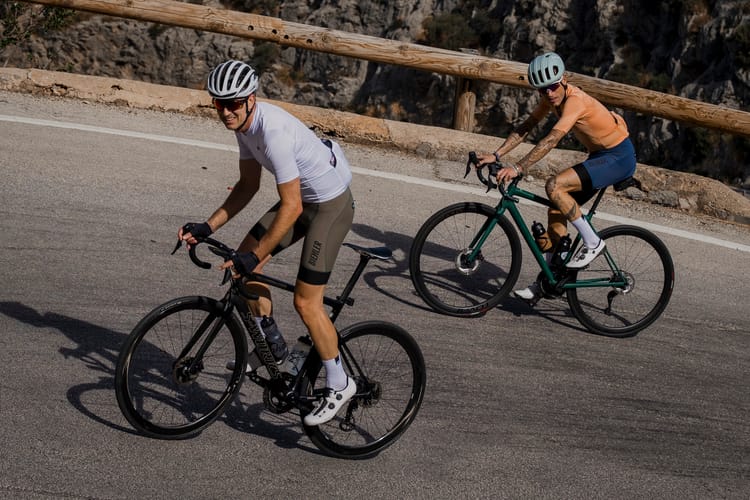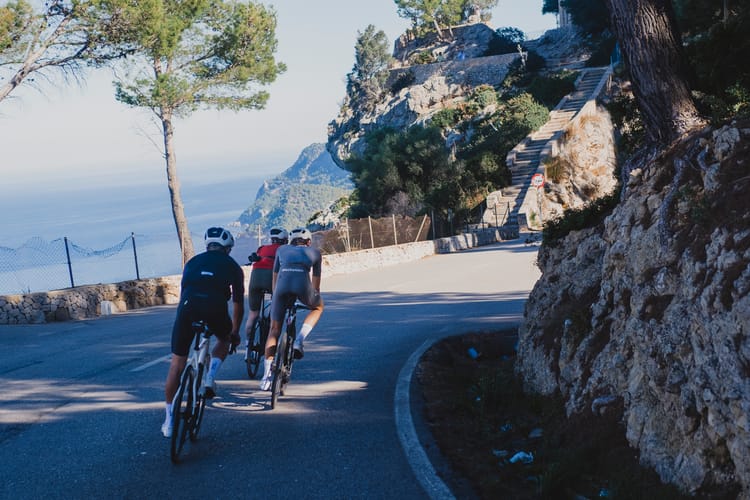Have Bike GPS Computers Hit Their Peak? Riding with the Garmin 530 in 2025

Over the last decade, bike GPS computers have gone from being optional gadgets to almost essential companions on every ride. They’ve grown sharper, smarter, and so packed with features it’s hard to imagine riding without one. But as I sit here in 2025, still using my trusty Garmin Edge 530, I can’t help but feel something slightly controversial: bike computers might have already reached their peak.
That’s not to say new devices don’t look great or offer neat tricks. They do. But in terms of what you actually need on the bars — data, navigation, battery life — it feels like we’ve already arrived.
Why I Still Ride with the Garmin Edge 530
The Garmin Edge 530 launched a few years back, and yet it continues to be my go-to computer. There are flashier models now with bigger, crisper displays, touchscreens, and endless integration with apps and smart home devices. But when I roll out the door for a long day in the mountains or a steady endurance ride close to home, I don’t feel like I’m missing out.
The 530 does everything I need. Mapping is reliable. ClimbPro breaks down what’s left of a climb. Workouts sync seamlessly from TrainingPeaks. It connects to my power meter, heart rate strap, and even the indoor trainer without any fuss. Battery life stretches well past a full day in the saddle. And importantly, it doesn’t crash or lag.

On a recent trip to the Pyrenees, I used the 530 on big climbs like the Col du Tourmalet, Col d’Aspin, and Col d’Aubisque. Conditions shifted constantly: fog rolling in, patches of rain, and the odd moment of sun cutting through. Despite all that, the 530 never missed a beat. Navigation remained spot-on, climb profiles loaded instantly, and I never once had to worry about the battery. That sense of reliability — of forgetting the device is even there until you need it — is exactly why I think GPS computers have plateaued.
The Case for “Peak GPS”
Cyclists are notorious for chasing the latest gear, always looking for an edge. But let’s pause and ask: what else do we actually need from a bike computer?
Here’s what we already have:
- Turn-by-turn navigation, even in remote mountains
- Climb profiles that show gradient and distance remaining
- Integration with power meters, heart rate monitors, and smart trainers
- Training load and recovery insights
- Crash detection and live tracking for safety
- Custom data screens to show whatever metrics matter most
That’s already an overwhelming toolkit for most of us. And the truth is, when you’re out on the road, the data you glance at most often is incredibly simple: speed, time, distance, power, heart rate. Maybe cadence. The rest is nice, but rarely critical.
Which is why I think cycling computers may have hit their sweet spot. The essentials are covered. Everything beyond feels more like luxury than necessity.
When “More” Doesn’t Mean “Better”
I’ve tried newer computers, and while they look impressive, some of the additions don’t make my rides any better. Larger, high-definition touchscreens? Nice to have, but not essential. Music controls and message notifications? Honestly distracting. Weather widgets? I can look at the sky.
There’s a danger that we end up treating our handlebars like the dashboard of a car, when really, cycling thrives on simplicity. Part of the beauty of a long climb, or a quiet gravel road, is the minimalism of the experience. More screens and features sometimes take away from that.
The 530 keeps things focused. No unnecessary frills, no constant distractions. Just the data and maps I actually rely on.
The Real-World Test: Big Climbs and Long Days
On the Tourmalet, the longest climb of my Pyrenean trip, the 530’s ClimbPro screen came alive. The gradient strip turned from green to yellow to red as the road steepened, showing exactly what was left in the tank — not just in my legs, but in the road ahead. That kind of insight helps with pacing, especially when you’re deep into a multi-hour ride.
On the Col d’Aspin, clouds rolled in so thick I could barely see twenty meters ahead. But the 530’s navigation reassured me I was on course, even as the road twisted into fog. Later, on the Col d’Aubisque, rain made the buttons slippery, but unlike a touchscreen, they kept working perfectly. These are the kind of small but important details that make a device feel truly dependable.
By the time I rolled back down into the valley, battery life was still healthy, and all the data synced seamlessly to my phone. No stress, no fiddling. Just a quiet confirmation that the ride had been logged.

What’s Next for GPS Computers?
It’s not that there’s no room for innovation. Solar charging is already creeping into newer models, and that could be a game-changer for ultra-distance riders. AI-powered coaching — where the computer interprets your live data and offers pacing or fuelling advice in real time — might be on the horizon too. And tighter integration with wearables will appeal to triathletes or multi-sport athletes.
But for road cyclists focused on training, exploration, and performance? The essentials have already been mastered. Which brings us back to my unpopular opinion: bike computers might not need to keep evolving at the pace we’re used to.
Do You Really Need the Latest Model?
This is where things get interesting. For years, upgrading to the newest GPS unit felt like a big step forward: sharper screens, better mapping, faster processors. But now, the gains are more incremental. Do you need to spend several hundred euros on the latest model when a Garmin Edge 530 from years ago still gives you flawless navigation, reliable data, and long battery life?
For me, the answer is no. The 530 is still a rock-solid choice in 2025. Unless your current computer is failing, I’d argue there’s little reason to rush into upgrading.
The Joy of Enough
At the end of the day, cycling isn’t about the latest tech — it’s about the ride. And there’s a certain freedom in realising that your current computer already gives you everything you need. When the essentials are covered, you stop thinking about gear so much and focus on the climb, the descent, the adventure itself.
That’s the real value of the Garmin Edge 530. It’s not flashy. It’s not brand new. But it works so well that it reminds me the future of cycling isn’t just about chasing the next gadget. Sometimes, enough really is enough.
Final Thoughts
The Garmin Edge 530 proves that in 2025, bike computers have hit a kind of maturity. The data is accurate. The navigation is clear. The battery lasts. The device is rugged. And beyond that? Most of the so-called innovations don’t change the riding experience in a meaningful way.
My unpopular opinion is this: bike GPS computers have already peaked. They’ve become so good at the core tasks that any new feature feels more like garnish than substance. And honestly, maybe that’s not a bad thing. It means we can stop obsessing over the screen and look up at the road ahead.
Because in the end, that’s what matters most.






Member discussion